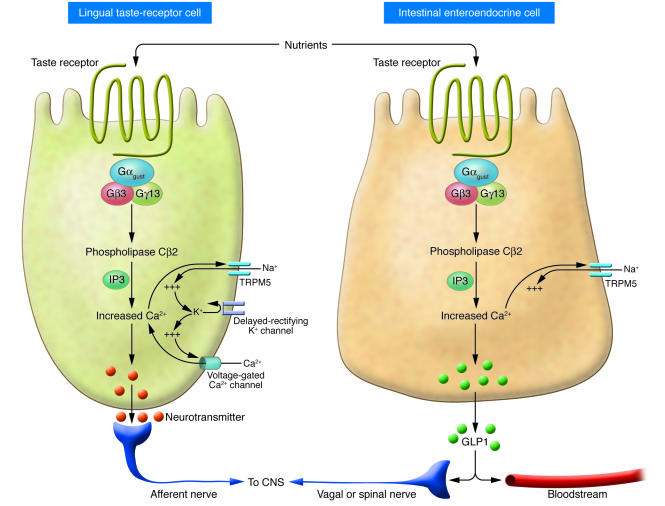Figure 3. Similarities in nutrient-sensing mechanisms used by taste-receptor cells of the tongue and enteroendocrine cells of the intestine (exemplified by an L cell).
Several types of enteroendocrine cell throughout the gut express components of nutrient-sensing and signal-transduction systems that were previously thought to be selective to taste-bud cells. These include apical G protein–coupled receptors for sweet and bitter chemicals; the unusual G protein isoforms Gαgustducin, Gβ3, and Gγ13; phospholipase Cβ2; and the TRPM5 Ca2+-activated Na+/K+ channel. Additional contributions from plasma membrane delayed-rectifying K+ channels and voltage-gated Ca2+ channels that are important for taste sensation in the tongue have not yet been confirmed in enteroendocrine cells. In both cell types, the final common pathway for activation includes an increase in intracellular calcium concentration. This triggers basolateral exocytosis of neurotransmitters from lingual taste-receptor cells into synapses with nerve fibers that relay information to the hindbrain. In enteroendocrine cells, surges in intracellular calcium concentration trigger release from the basolateral membrane of signaling molecules, including satiation peptides, which diffuse across extracellular fluids to enter the circulation or to interact with nearby afferent nerve terminals from vagal, spinal, and myenteric neurons. IP3, inositol trisphosphate.

